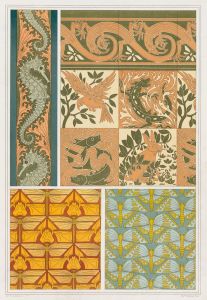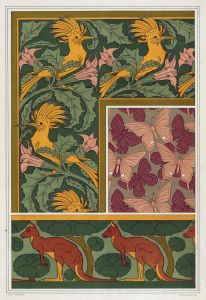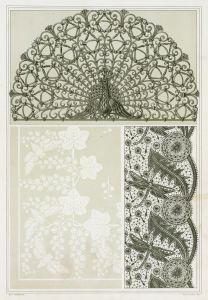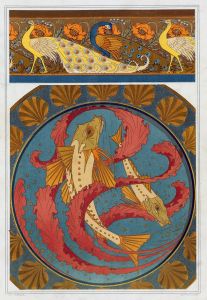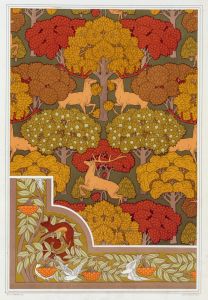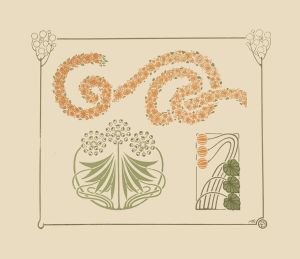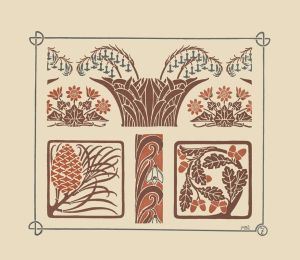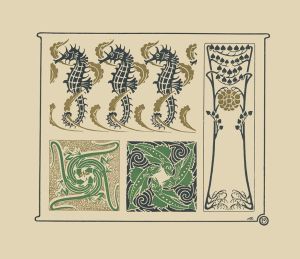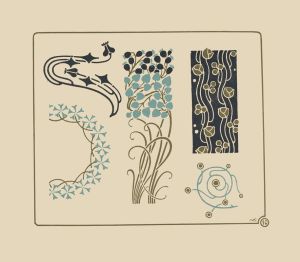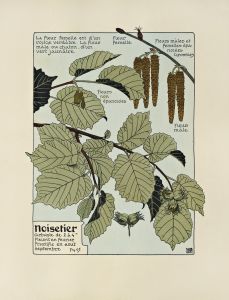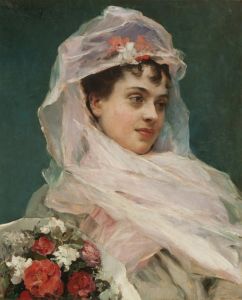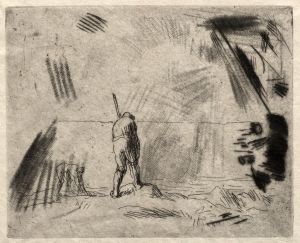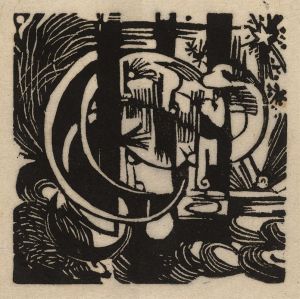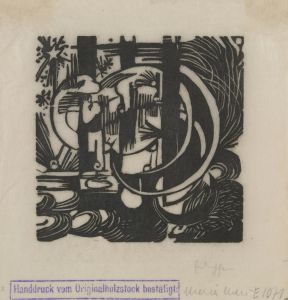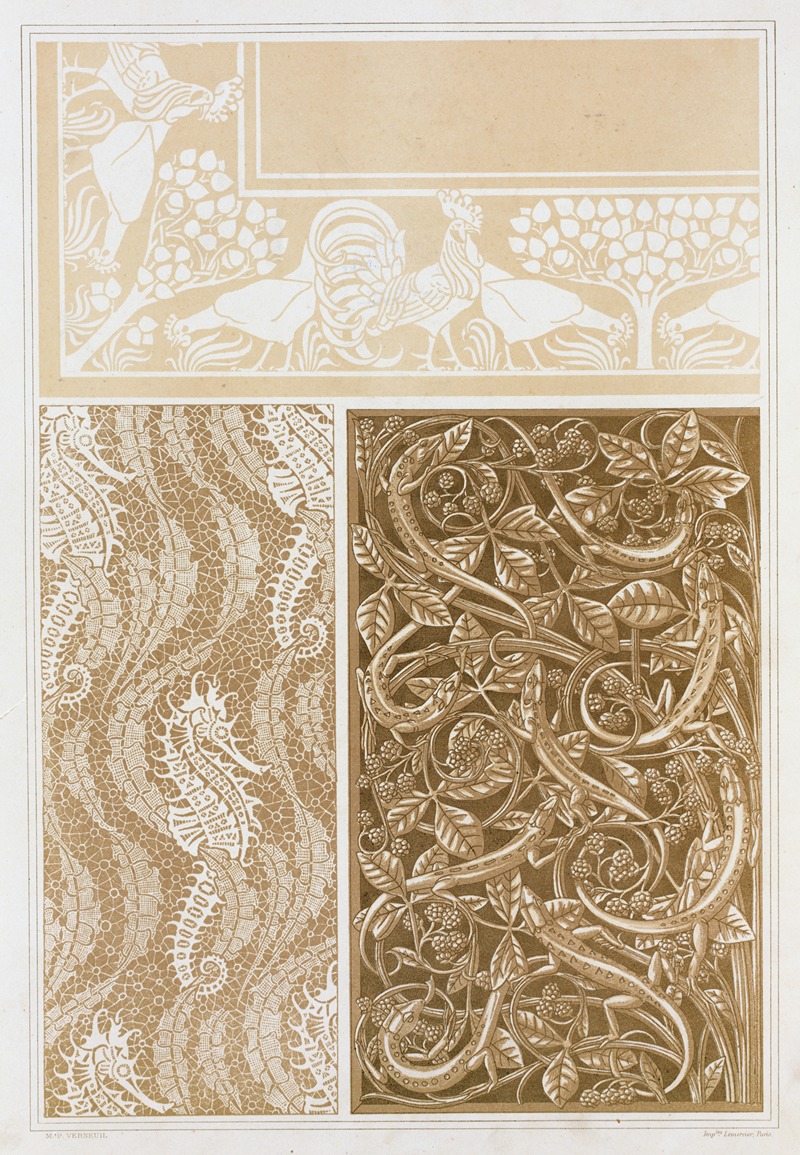
Coqs et poules, damassé; hippocampes et algues, dentelle; lézards et ronces, grille en bronze
A hand-painted replica of Maurice Pillard Verneuil’s masterpiece Coqs et poules, damassé; hippocampes et algues, dentelle; lézards et ronces, grille en bronze, meticulously crafted by professional artists to capture the true essence of the original. Each piece is created with museum-quality canvas and rare mineral pigments, carefully painted by experienced artists with delicate brushstrokes and rich, layered colors to perfectly recreate the texture of the original artwork. Unlike machine-printed reproductions, this hand-painted version brings the painting to life, infused with the artist’s emotions and skill in every stroke. Whether for personal collection or home decoration, it instantly elevates the artistic atmosphere of any space.
Maurice Pillard Verneuil (1869-1942) was a prominent French artist and designer known for his contributions to the Art Nouveau movement. His works often featured intricate patterns and natural forms, reflecting the movement's emphasis on organic shapes and detailed ornamentation. One of his notable works is "Coqs et poules, damassé; hippocampes et algues, dentelle; lézards et ronces, grille en bronze," which translates to "Cocks and hens, damask; seahorses and seaweed, lace; lizards and brambles, bronze grid."
This piece exemplifies Verneuil's skill in combining natural motifs with decorative arts. The title itself suggests a triptych or a series of designs, each focusing on different elements of nature and rendered in various materials and techniques. The first part, "Coqs et poules, damassé," likely features roosters and hens depicted in a damask pattern, a type of fabric known for its rich, reversible designs woven into the material. This choice of subject and medium highlights Verneuil's ability to blend the natural world with textile design, creating a harmonious and visually appealing composition.
The second part, "hippocampes et algues, dentelle," translates to "seahorses and seaweed, lace." This section probably showcases seahorses and seaweed intricately rendered in lace, a delicate and detailed fabric technique. Lace-making, with its fine threads and elaborate patterns, would have allowed Verneuil to capture the fluidity and grace of underwater life, emphasizing the Art Nouveau fascination with the beauty of nature.
The final part, "lézards et ronces, grille en bronze," or "lizards and brambles, bronze grid," suggests a design featuring lizards and brambles crafted in bronze. Bronze, a durable and versatile material, would have provided a striking contrast to the softer textures of damask and lace. The use of a grid pattern could indicate a structured, geometric element, balancing the organic forms of the lizards and brambles.
Verneuil's work often drew inspiration from the natural world, and he was known for his ability to translate these elements into various decorative arts. His designs were not only aesthetically pleasing but also demonstrated a deep understanding of the materials and techniques he employed. "Coqs et poules, damassé; hippocampes et algues, dentelle; lézards et ronces, grille en bronze" is a testament to his versatility and creativity, showcasing his talent for integrating different natural motifs and artistic methods.
Throughout his career, Verneuil collaborated with other artists and designers, contributing to the broader Art Nouveau movement. His works were featured in various publications and exhibitions, helping to popularize the style and influence subsequent generations of artists. Today, his designs continue to be appreciated for their beauty and craftsmanship, reflecting the enduring appeal of Art Nouveau.
In summary, "Coqs et poules, damassé; hippocampes et algues, dentelle; lézards et ronces, grille en bronze" by Maurice Pillard Verneuil is a remarkable example of Art Nouveau design, combining natural motifs with diverse materials and techniques. This piece highlights Verneuil's ability to create intricate and harmonious compositions, solidifying his reputation as a master of decorative arts.





